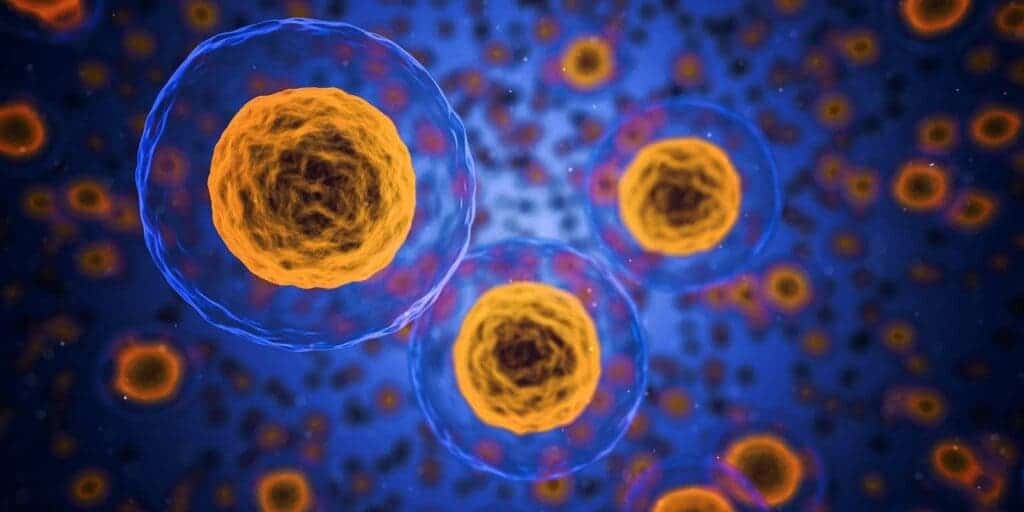UK researchers have rejuvenated the skin cells of a 53-year-old woman so they are the equivalent of a 23-year-olds. This could also be done with other tissues in the body to develop treatments for age-related diseases such as diabetes, they argue. The technology is based on the techniques used to famously clone the sheep more than 25 years ago.

The head of the team, Wolf Reik, of the Babraham Institute in Cambridge, told BBC News that he hoped the technique could be used to keep people healthier for longer as they get older. However, he stressed the work is at a very early stage. The skin cells were rejuvenated in a cultured dish, not in the live body of the volunteer. There are many scientific issues to overcome before moving out of the lab and into the clinic.
“This work has very exciting implications. Eventually, we may be able to identify genes that rejuvenate without reprogramming, and specifically target those to reduce the effects of aging. This approach holds promise for valuable discoveries that could open up an amazing therapeutic horizon,” Reik said in a media statement from Babraham.
A well-known approach
The technique used by Reik and his team comes from the 1990s when researchers from the Roslin Institute found a way to turn an adult mammary gland cell taken from a sheep into an embryo. This led to the creation of Dolly the cloned sheep. However, their real aim was to create so-called human embryonic stem cells to replace worn-out body parts.
The Dolly technique was then simplified in 2006 by Shinya Yamanaka, then at Kyoto University. His new method, known as induced pluripotent stem cells (IPS), added chemicals to adult cells for about 50 days. This caused genetic changes that turned the adult cells into stem cells. However, the use of stem cells to treat diseases is still extremely limited in the present day.
Now, Reik and his team used the IPS technique on 53-year-old skin cells. But they were able to reduce the chemical bath from 50 days to just 13. They were surprised to find that the cells didn’t turn into embryonic stem cells as in the previous study by Yamaka. Instead, they rejuvenated the skin cells that looked as if they came from a 23-year-old.
This precise technique can’t be used out of the lab yet as the IPS method increases the risk of cancer. But the researchers are confident they will find an alternative and safer method. Some of the first applications could be to create medicines to rejuvenate skin in older people in parts of the body that were cut or burned as a way to speed healing.
“Our results represent a big step forward in our understanding of cell reprogramming. We have proved that cells can be rejuvenated without losing their function and that rejuvenation looks to restore some function to old cells. The fact that we also saw a reverse of aging indicators in genes associated with diseases is particularly promising for the future of this work,” Diljeet Gill, co-author, said in a statement.
The study was published in the journal eLife.
This article originally appeared in April 2022.






